“If we believe absurdities, we shall commit atrocities” — Voltaire (1694-1778)
Throughout history, religion has been responsible for a large proportion of the suffering in the world – yet religious beliefs are based in ancient myths and legends that should have been discarded centuries ago. Is co-existence possible? Perhaps but like not peacefully. At least when it pertains to the Arab-Israeli conflict where raw emotions and taut tensions are magnified with an intensity beyond the imaginable.You don’t have to script the politics here, or ”spin” and shape the story; Israel is a very complicated place. Two nations, two exiles, filled with mistrust, and vengeance, and lots of blood. Ajami is a new film directed and written by Scandar Copti and Yaron Shani that takes place in the mixed Ajami neighborhood of Jaffa where Christians, Jews and Arabs exist in their own solitudes in this backwash borough. Here, violent death, of which seems to be the only category in the region, is a way of life, and the antidotes of money and power are in short supply. It certainly has more in common with the Tel-Aviv ghetto of Kingston Jamaica than glitzy modern Tel-Aviv in Israel.
But then again, why should Ajami not reinforce the stereotype. The Israel-Palestine problem is almost a daily repeat performance of Sam Peckinpah’s ”The Wild Bunch”; the violence is by definition always explicit and graphic that is able to reinvent itself through a form of revisionism of the genre. New twists on the canon of biblical lore. Add in Sergio Leone’s ”The Good The bad and The Ugly” you get added context for this wild west scenario dipped in the sauce of contemporary politics. Here, in Ajani, the Christians do not turn the other cheek. There are compelling elements of hope and faith, but altogether, neither compelling or pretty.
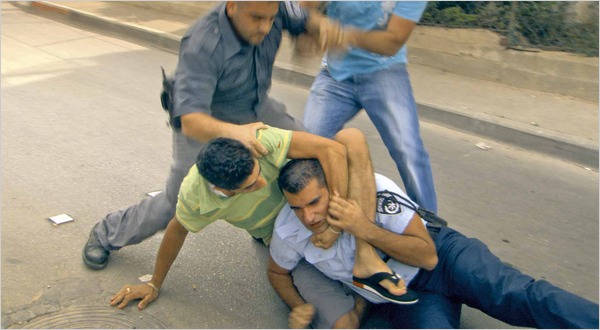
''There is no finger-pointing here, and no group hugging either. Instead there is a sharp sense of just how deep and wide the schisms are, not just between Jews and Arabs but also between Christians and Muslims, rich and poor, farmers and city dwellers, men and women, young and old and so on.'' A.O. Scott N.Y. Times
The co-directors, Shani, and Copti, a Jew and an Arab have mapped out a narrative of internecine conflict that is drawn into Israel’s deep and active underworld of drug-peddling, protection rackets and the underground economy. Like most of the good work from Israel there is a compelling energy, freshness and vitality; as if the barbarity of the situation resulting in searingly intense and authentic performances from semi-professional style actors that gives the effect of unvarnished realism. Lots of hand-held cameras and factual rawness to help enhance the intriguing sociology of the piece.
”At the same time, though, the film has an ingenious and carefully worked-out structure. Dividing their story into chapters that are presented out of chronological order, the filmmakers embrace the multi-stranded, decentered narrative strategy that has become one of the prevalent conventions of contemporary world cinema. There are no coincidences, only hidden connections among apparently random events, some of which happen more than once so that the deeper patterns can be revealed.” ( A.O. Scott )
There are subtle hierarchies in this seething neighborhood and there are tense divisions not just among the conflicting sects but within them too. No, pretty disturbing, yet somehow expected that no one would lack any opportunity to suffer. The subtext is that in terms of morality, there is no difference between the three religious groups, and that both Arabs and Israelis are on a dead end course toward mutual destruction. Their particular brand of tribalism is somewhat sustaining, but also fatal; the urge to escape its restrictions seem to be no match for the gravitational pull and centrifugal forces the context creates.
”Did other Palestinians discourage you from working so closely with an Israeli?
Copti: Not at all. You don’t hear this from Palestinians. They co-operate daily with Jews. We speak the language. Still, there’s a high level of tension, because it’s not a normal place, Israel. It’s not a complete democracy. The Palestinian is still fighting for rights and the Palestinian minority is i
f divided. So we have a lot of conflict, but those conflicts create good drama for film.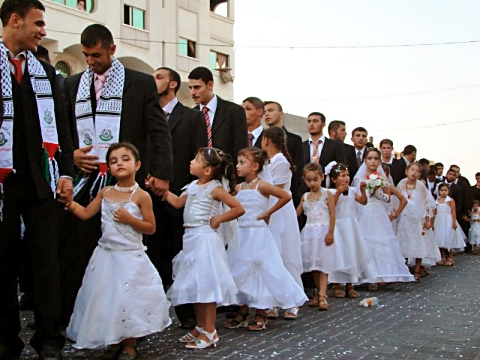
''Each groom received a gift of 500 dollars from Hamas. The pre-pubescent girls, dressed in white gowns and adorned with garish make-up, received bridal bouquets. We are presenting this wedding as a gift to our people who stood firm in the face of the siege and the war, local Hamas strongman Ibrahim Salaf said in a speech. ''Paul L. Williams PHD.
The film has scored major success abroad. What response has it had in Israel?
Copti: Amazing. At first, nobody believed in it. They said, ‘Nobody will watch a film in Arabic.’ But 200,000 people saw it in Israel, a huge number. They went, they cried, they laughed and they identified. People said it opened something in their minds. A guy came up to me afterward, an Israeli, and he said, ‘Your film changed my life. Before when I’d hear the muezzin calling muslims to prayer, I’d get angry. Now I hear it in a totally different way.’ Now, he recognizes that we exist, whereas before we were invisible. ( Michael Posner. Globe & Mail )
Despite its many supporters, one does have to question, in light of the the Flotilla Aid tragedy, whether Israel is any longer the people of God’s covenant. Unlike the cast of Ajani, most of Israel’s leaders in public view, appear to be really bad actors, miscast, and pathologically unsuited for the roles they have and aspire to. The corruption and murder in Ajami is but a mirror reflection of Israeli social policy and politics, with the segment of the population that is poor and religious bearing the brunt of the damage. Immoral agreements such as ”The Transfer Agreement” , with Germany and the ensuing ambiguity of the holocaust which is part of Israel’s ”raison d’etre” , has simply seen the same modus-operandi expanded to include the Palestinians. The ends are fond to justify the means, however appalling and the ”found truths” on both sides require metaphorical forces around that truth to defend it; because that version of ossified, inflexible, and intransigent truth will be attacked by suicide bombers, drones etc.
The Free Gaza Movement’s Flottila is a case in point. To the supporters of the Flottila, their ends justify the means. Ten lives lost, though regrettable, is nothing compared to the advancement of the cause and the worldwide attention centered on Gaza and its deplorable conditions. Why ten people died is subject to conjecture; was it planned by Israel to be a botched operation to embarrass the Prime Minister is anyone’s guess.”Again Israel will pay a heavy diplomatic price, once which had not been considered ahead of time. Again, the Israeli propaganda machine has managed to convince only brainwashed Israelis, and once more no one asked the question: What was it for? Why were our soldiers thrown into this trap of pipes and ball bearings? What did we get out of it?” ( Gideon Levy )
”The issue now is jerusalem or the historic biblical homes of the Jews claimed, with the backing of the world, by a historical non-entity called the Palestinians. Unfortunately for them, they are now as caught up in the war against the Jewish religion as the religious Jews themselves. The sad part is, they don’t get it. Even sadder, that today’s religious Jews equally, haven’t caught on that their worst enemy is and always was, secular Labor Zionism.” ( Barry Chamish )
www.challenge-mag.com: ”Many Arabs who saw the film, especially Jaffans, were disappointed. They’d hoped to see their city as it once was: the cultural center of Palestine. Instead they were made to look in the mirror, and the reflection was hardly flattering. I overheard complaints about “hanging out the dirty laundry in public.” Yet no amount of denial will hide the fact that Jaffa is hard hit by unemployment and poverty, that it suffocates under a chronic housing shortage, and that crime is everywhere—in these respects like many of the world’s cities.
Arab intellectuals also have reservations: the film does not attack the Israeli policies that led to this situation. For it is no secret that most Palestinian films, indeed most Arab films, tend to blame racist policy for the ills of Arabs in Israel, as they blame the Occupation for the ills of the Territories, while avoiding self-criticism. For me the film’s effectiveness in showing Arab Jaffa’s deterioration, contrasted with wealthy Jewish Tel Aviv next door, is criticism aplenty.
In my view, Ajami levels a severe indictment against Israel’s successive governments. It is not by chance that the work is a collaborative effort between the Jaffan Copti and the Tel Avivian Shani. Jaffa’s condition is Shani’s problem as well as Copti’s. Yet the film does not excuse us Arabs from responsibility for our situation. I see Ajami, therefore, as an exceptional artistic and social contribution to the soul-searching that we must undertake in order to build our society anew.” ( Asma Agbarieh-Zahalka )
”The God of the Jews did not teach, he demanded genocide time and time again. I don’t have to wait for adherents to commit acts of violence. The God of the Jews ordered them to do it now.
I became curious about the number of deaths in the Old Testament of the Christian Bible, so I did a line-by-line search for the numbers that are printed there. The number of human beings that died directly, or indirectly, because of the God of the Jews was 6,548,935. I don’t know if any other book in print records the number of deaths attributed to the religious leader or God, but 6 1/2 million is a very big number. As for God teaching death and destruction, I don’t know how you can deny these passages from the Bible.” ( www.travelersdigest.com )
”The world famous historian, Will Durant has written in his Story of Civilisation that “the Mohammedan conquest of India was probably the bloodiest story in history”. India before the advent of Islamic imperialism was not exactly a zone of peace. There were plenty of wars fought by Hindu princes. But in all their wars, the Hindus had observed some time-honoured conventions sanctioned by the Sastras. The Brahmins and the Bhikshus were never molested. The cows were never killed. The temples were never touched. The chastity of women was never violated. The non-combatants were never killed or captured. A human habitation was never attacked unless it was a fort. The civil population was never plundered. War booty was an unknown item in the calculations of conquerors. The martial classes who clashed, mostly in open spaces, had a code of honor. Sacrifice of honor for victory or material gain was deemed as worse than death.
Islamic imperialism came with a different code–the Sunnah of the Prophet. It required its warriors to fall upon the helpless civil population after a decisive victory had been won on the battlefield. It required them to sack and burn down villages and towns after the defenders had died fighting or had fled. The cows, the Brahmins, and the Bhikshus invited their special attention in mass murders of non-combatants. The temples and monasteries were their special targets in an orgy of pillage and arson. Those whom they did not kill, they captured and sold as slaves. The magnitude of the booty looted even from the bodies of the dead, was a measure of the success of a military mission. And they did all this as mujahids (holy warriors) and ghazls (kafir-killers) in the service of Allah and his Last Prophet.”


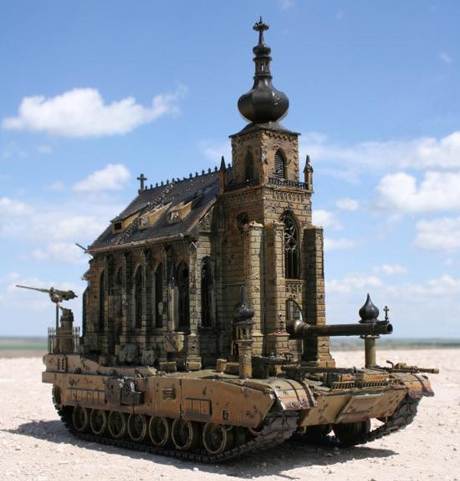

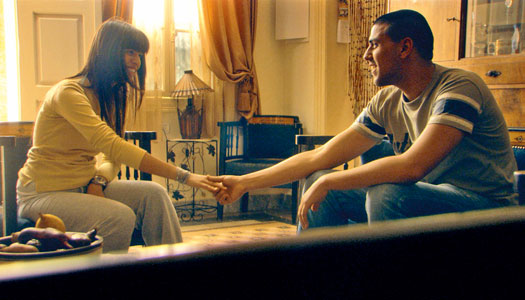
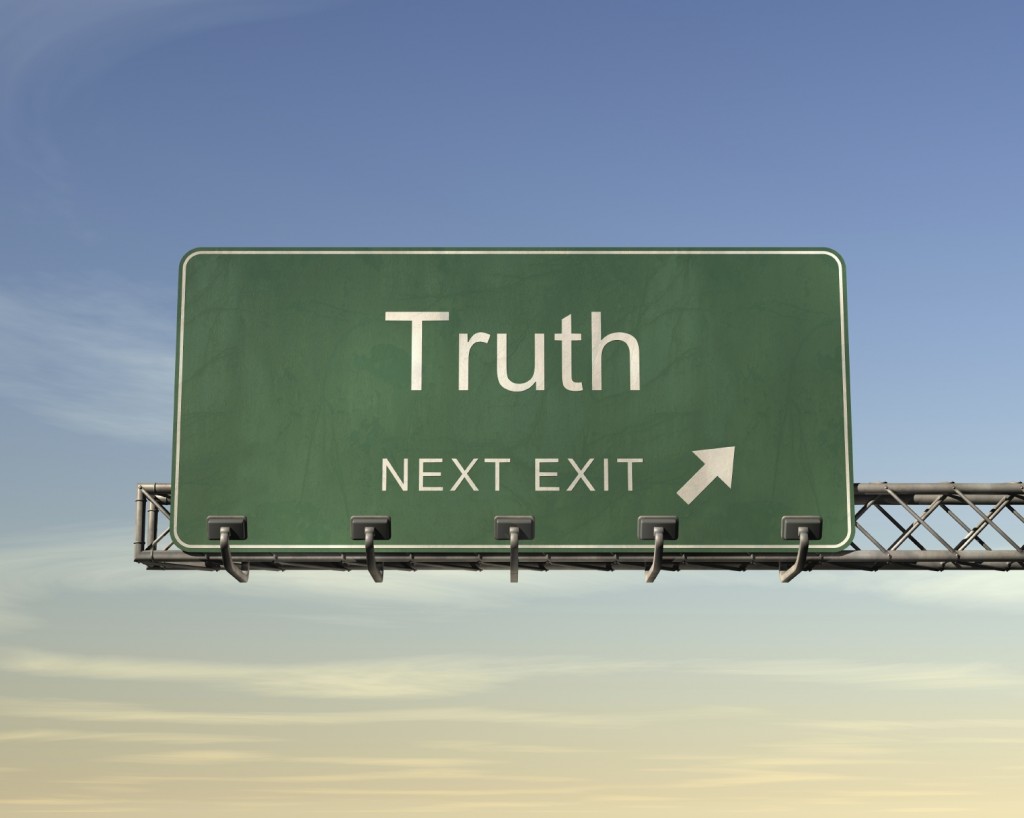



 COMMENTS
COMMENTS